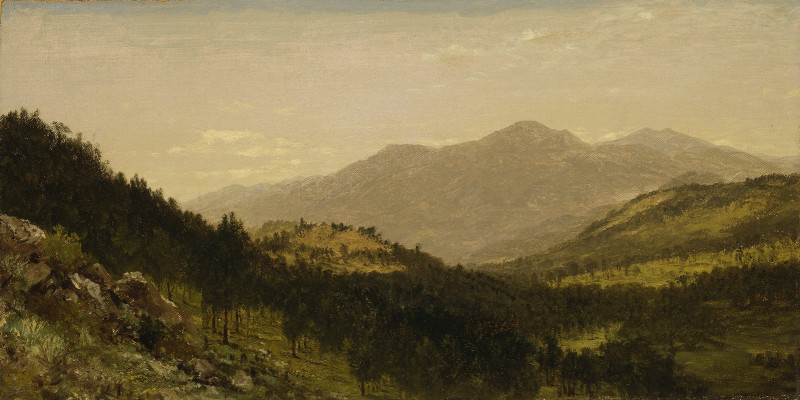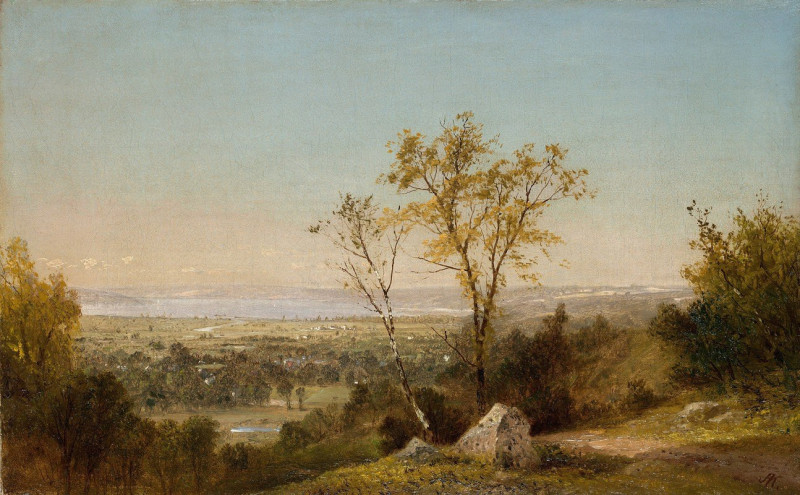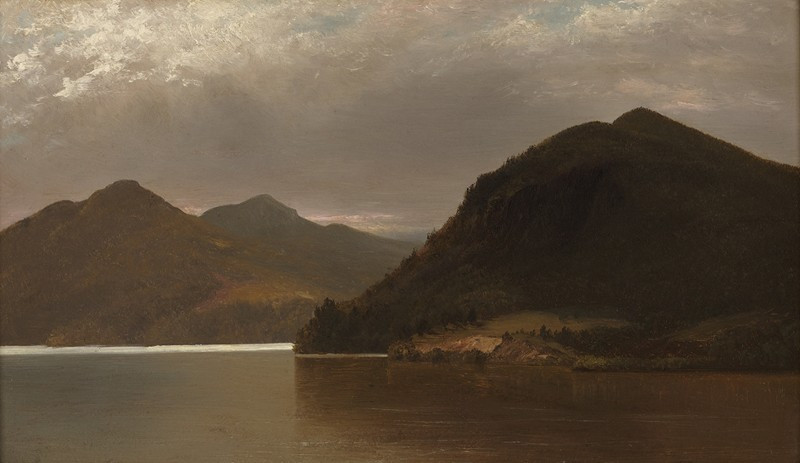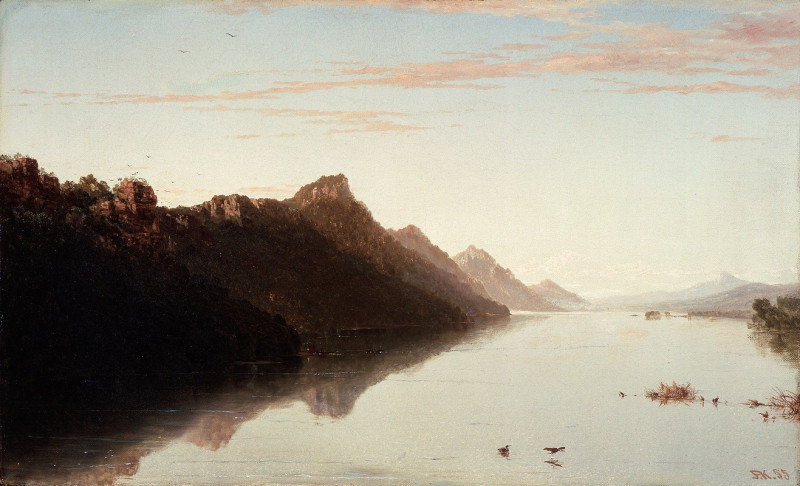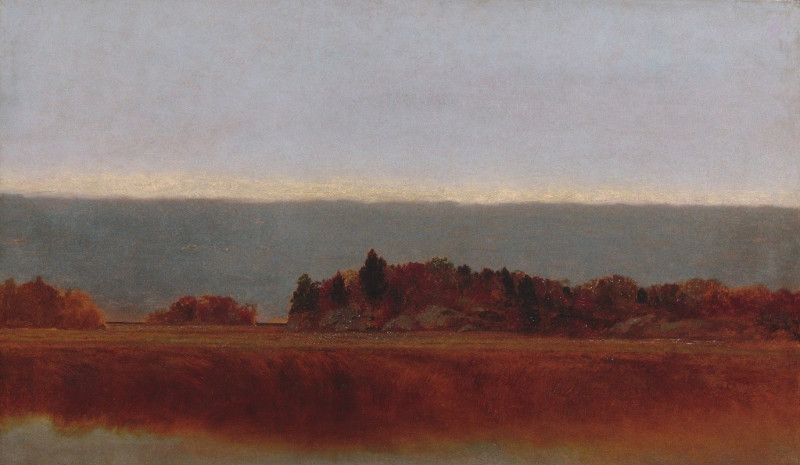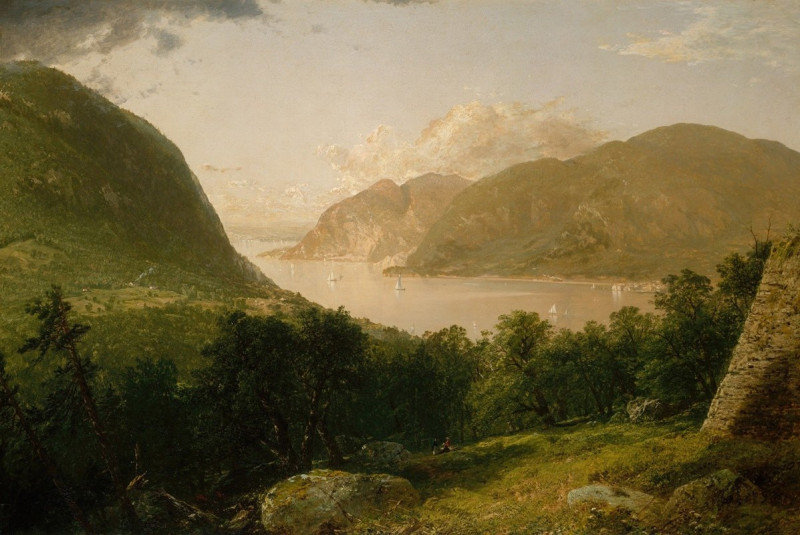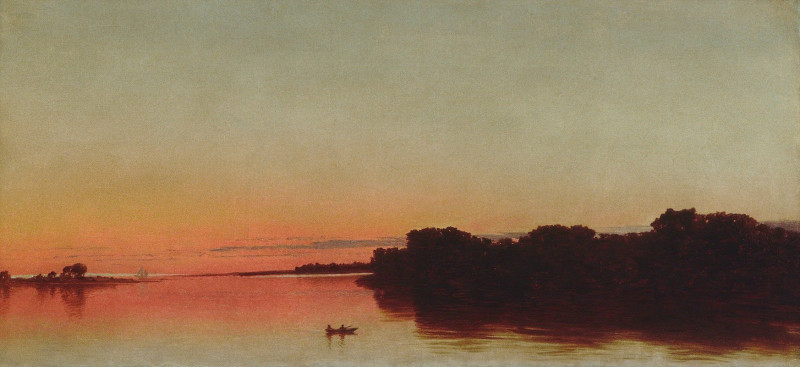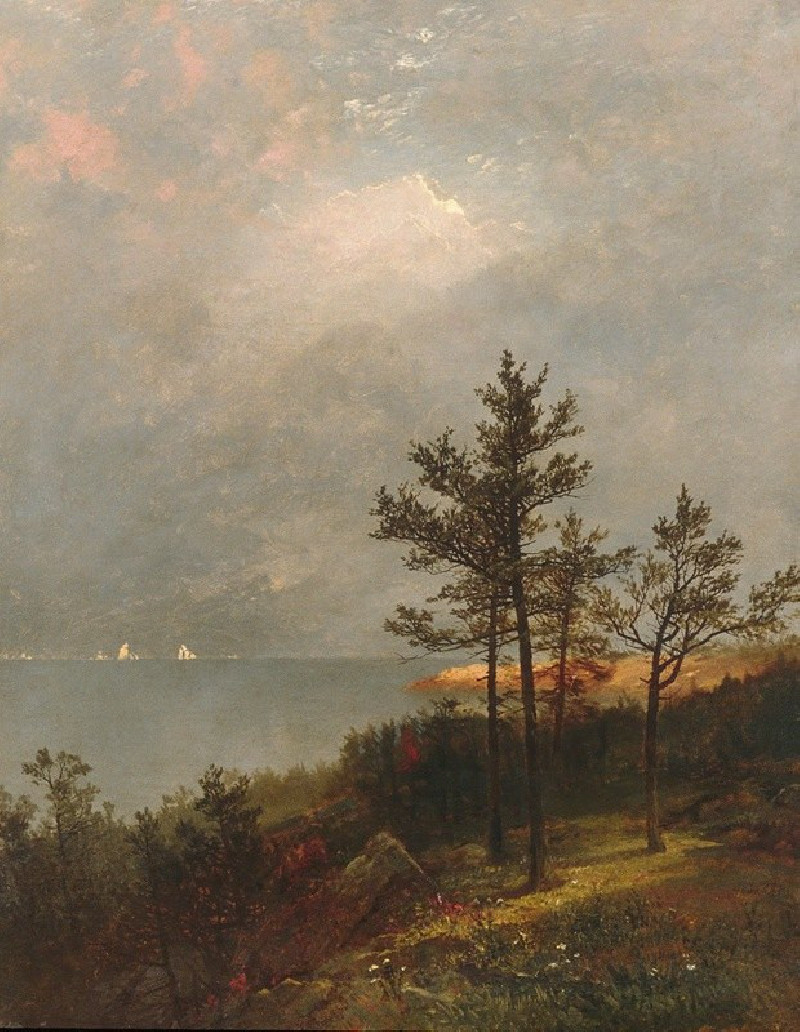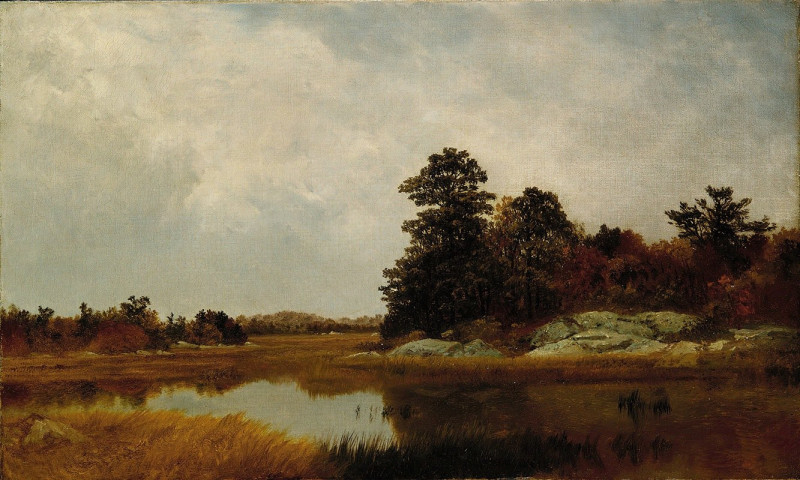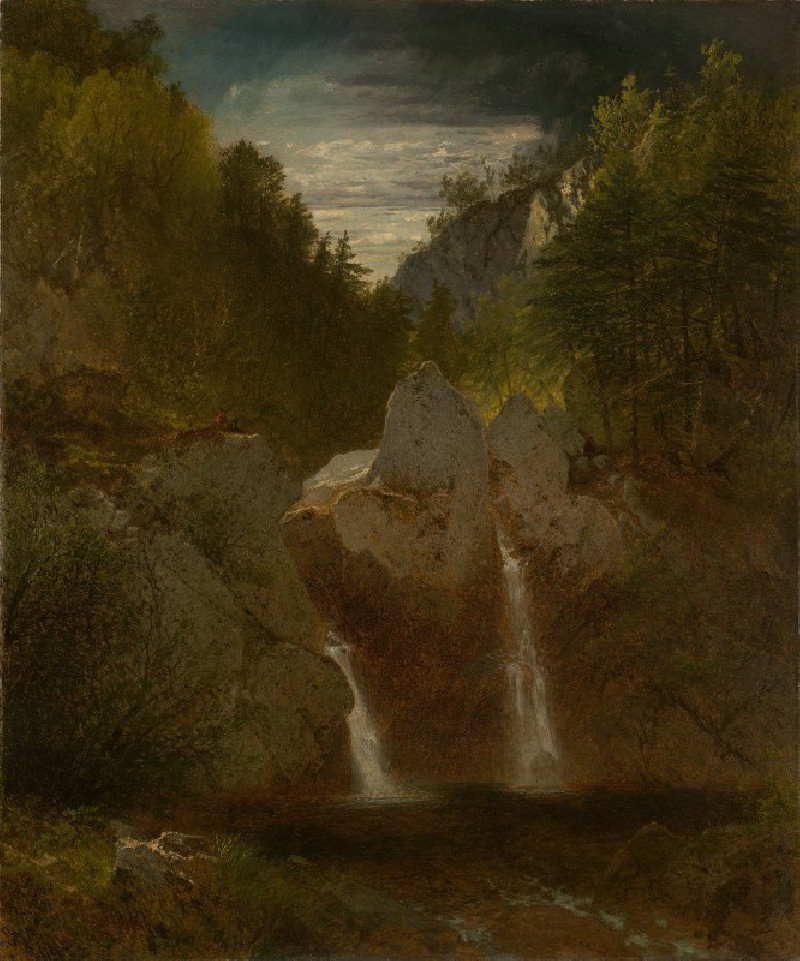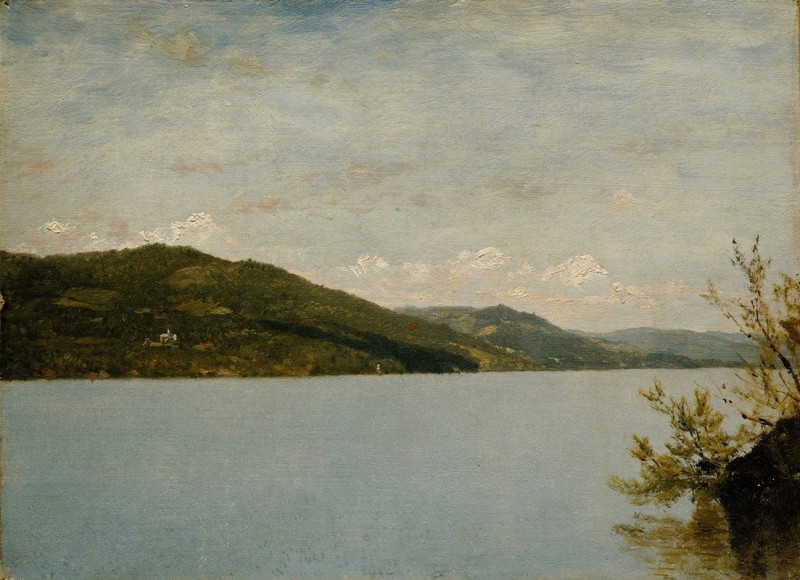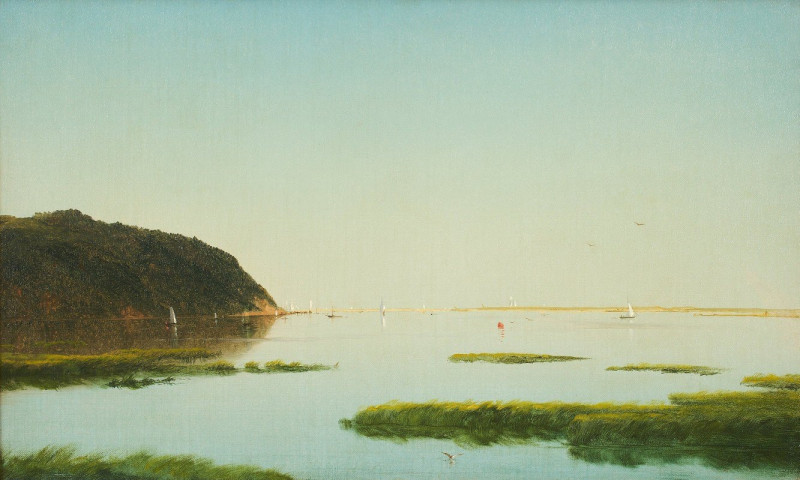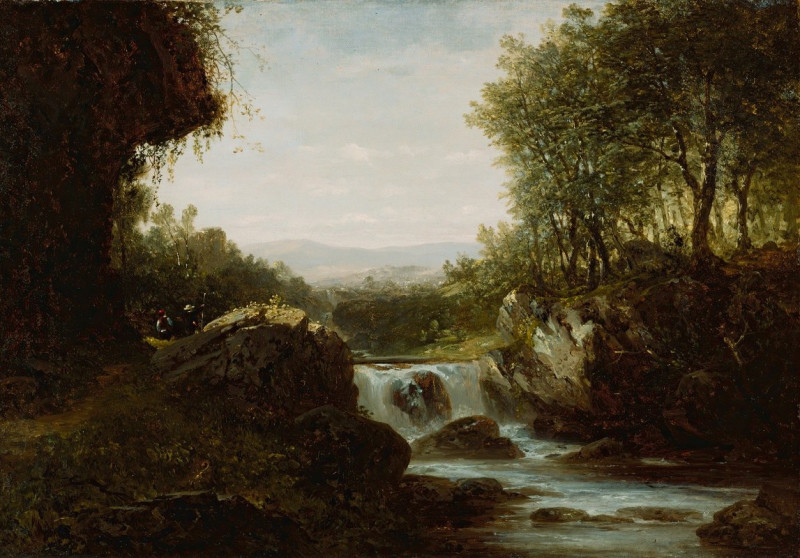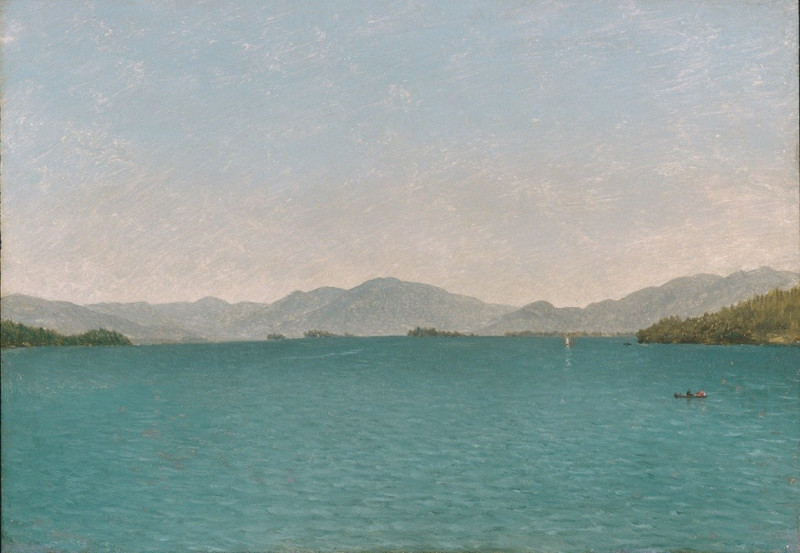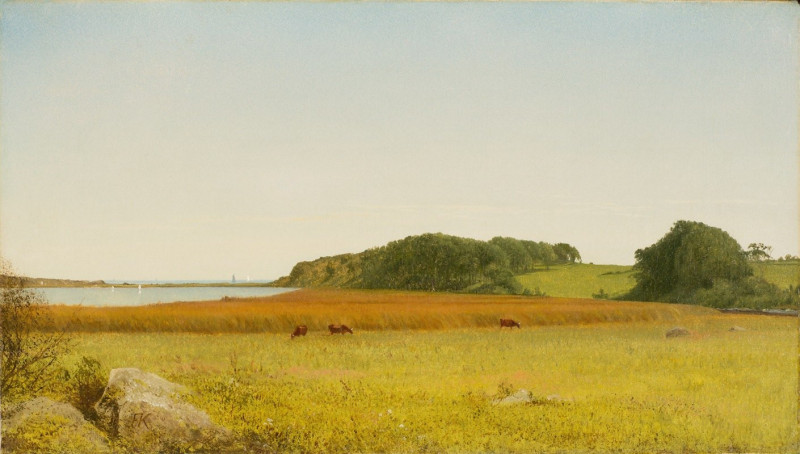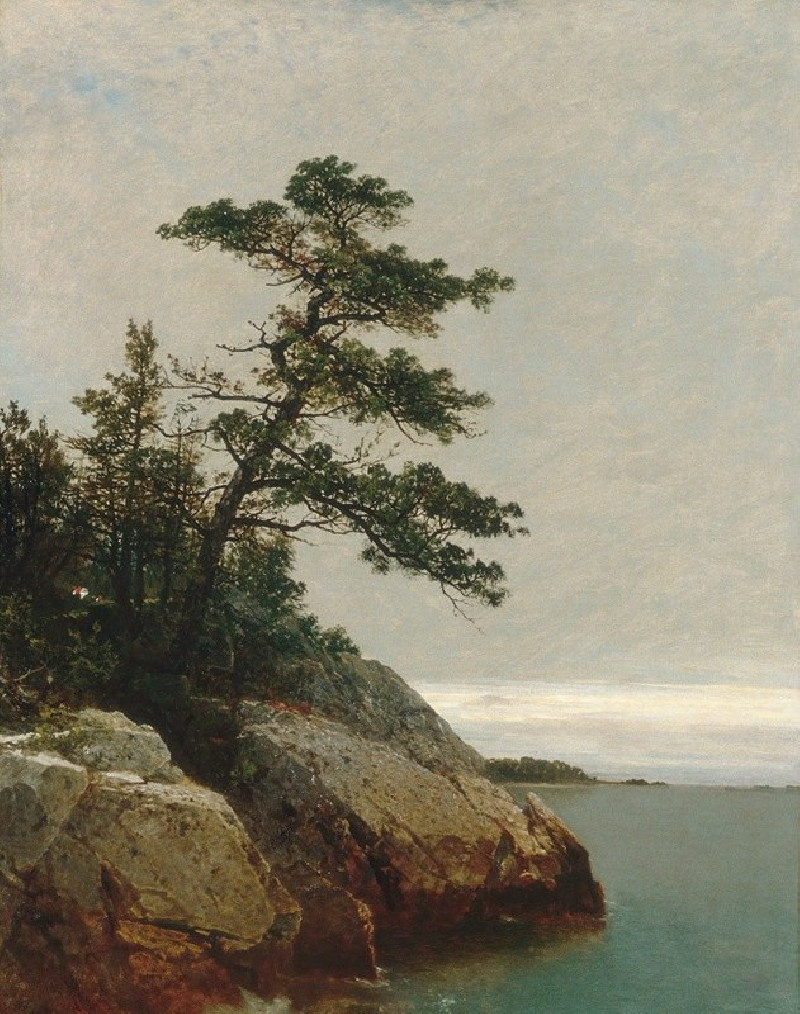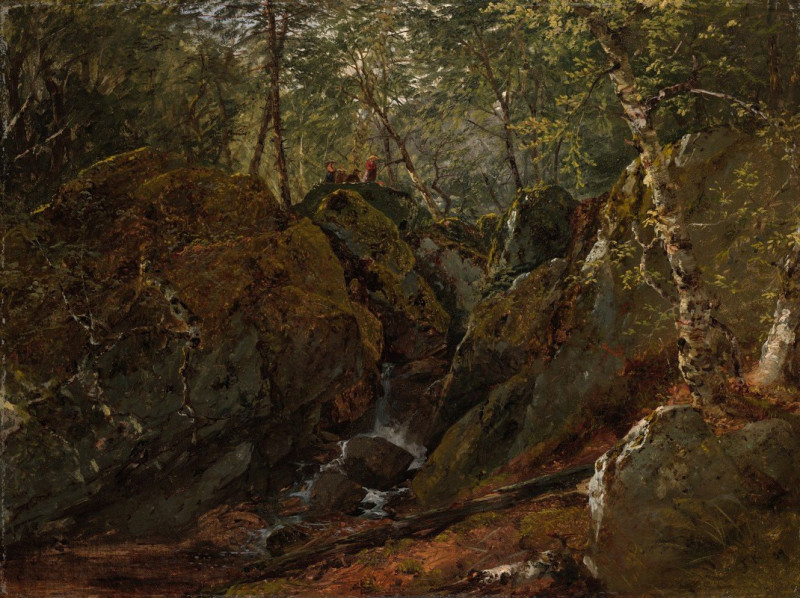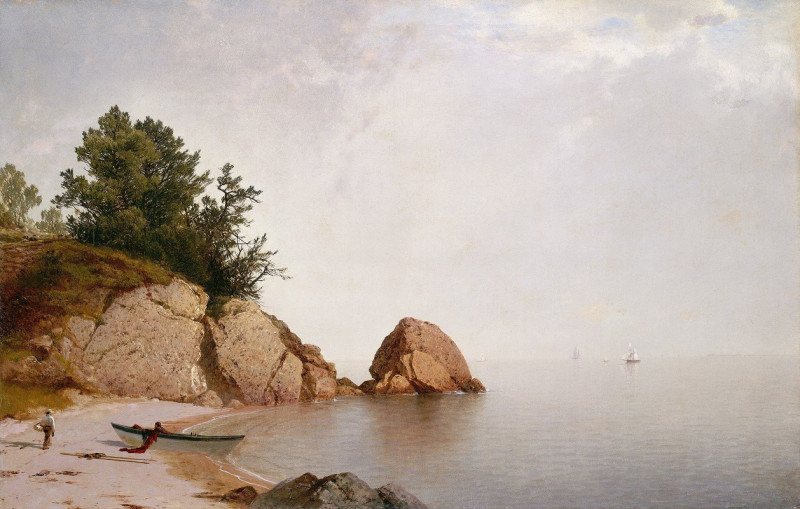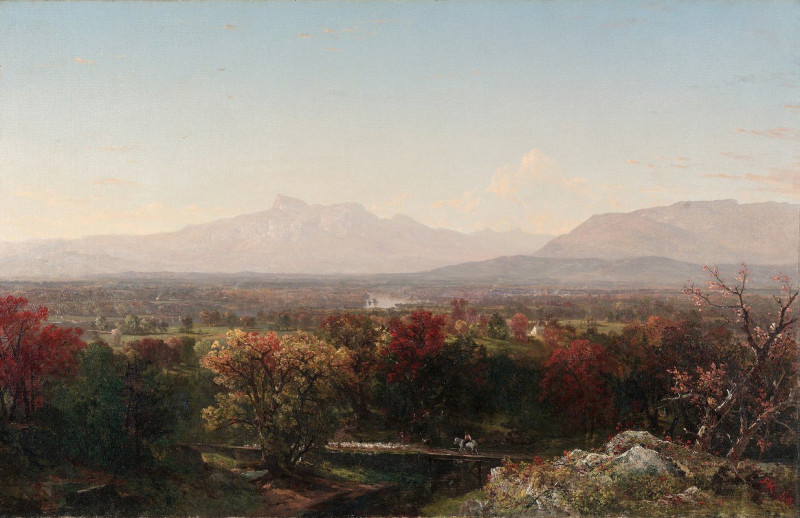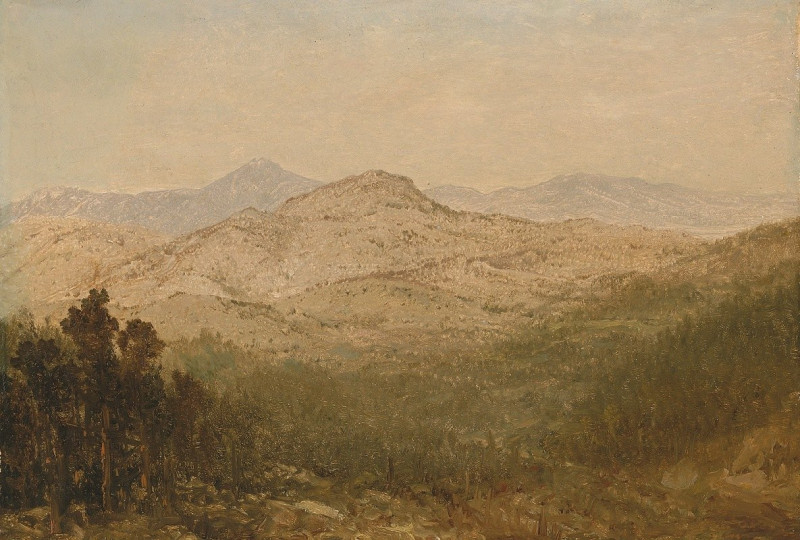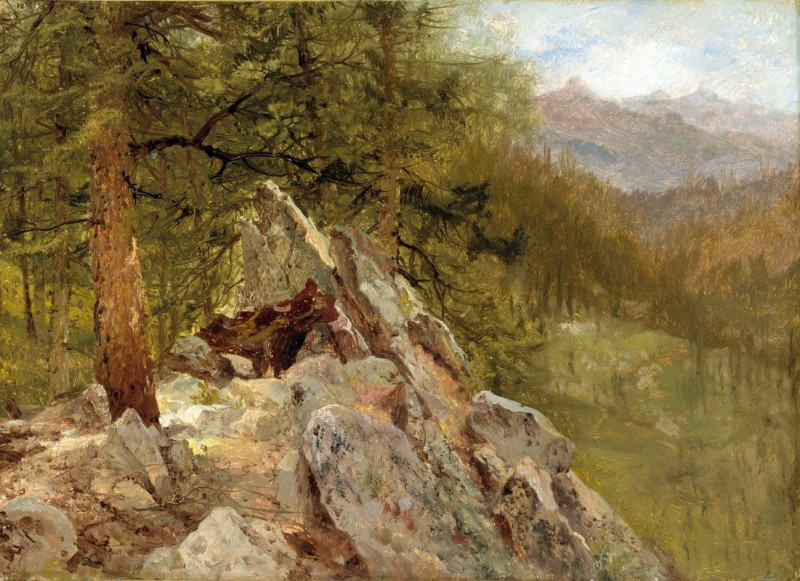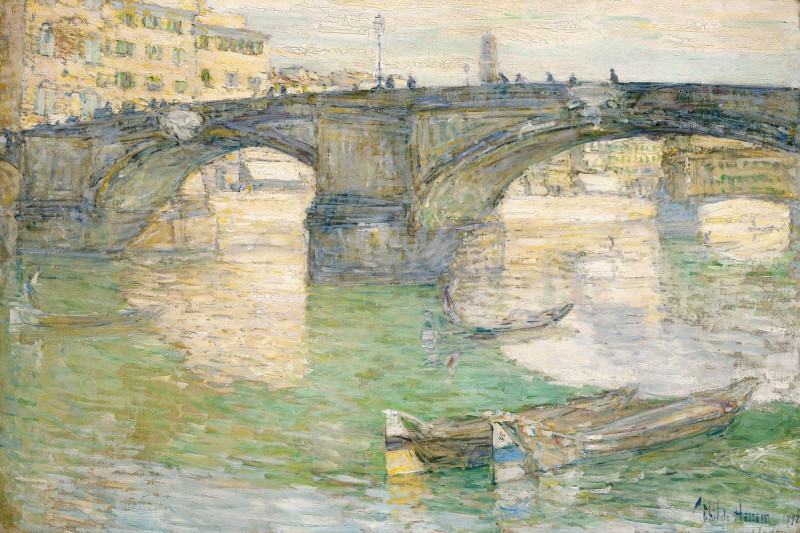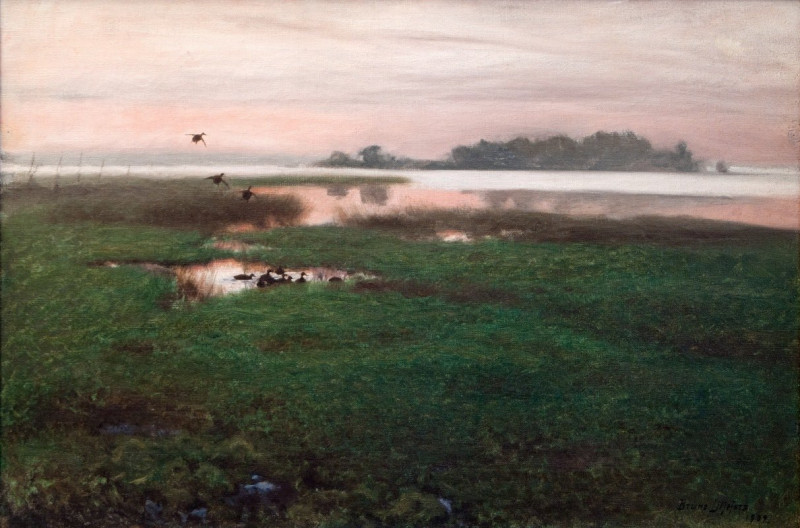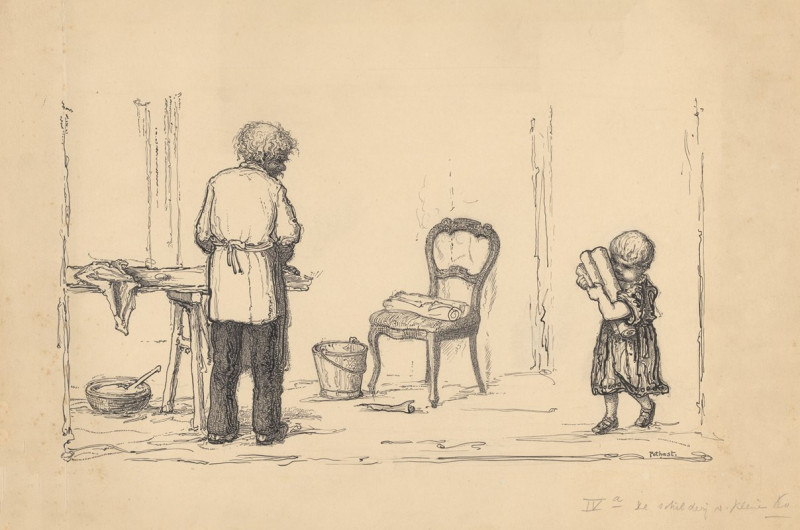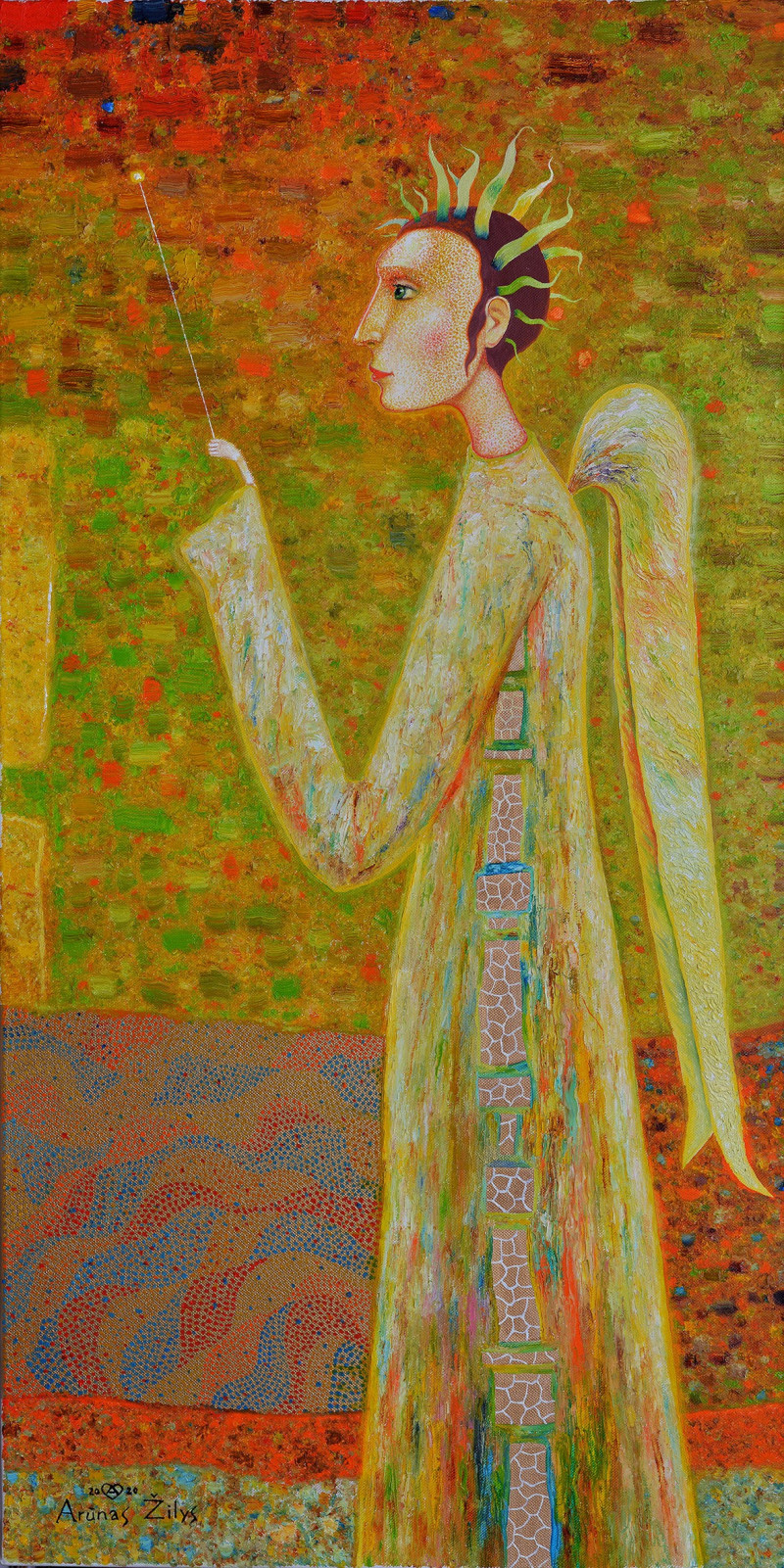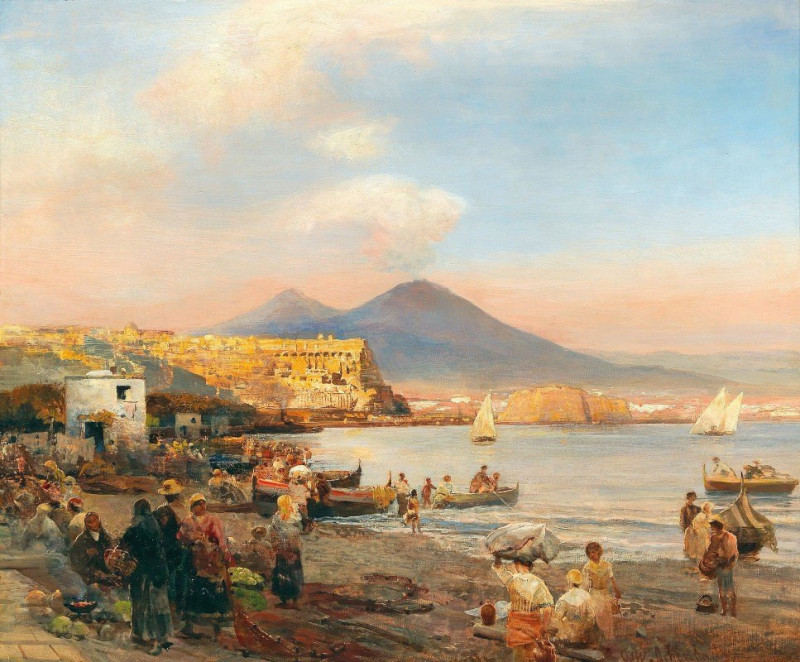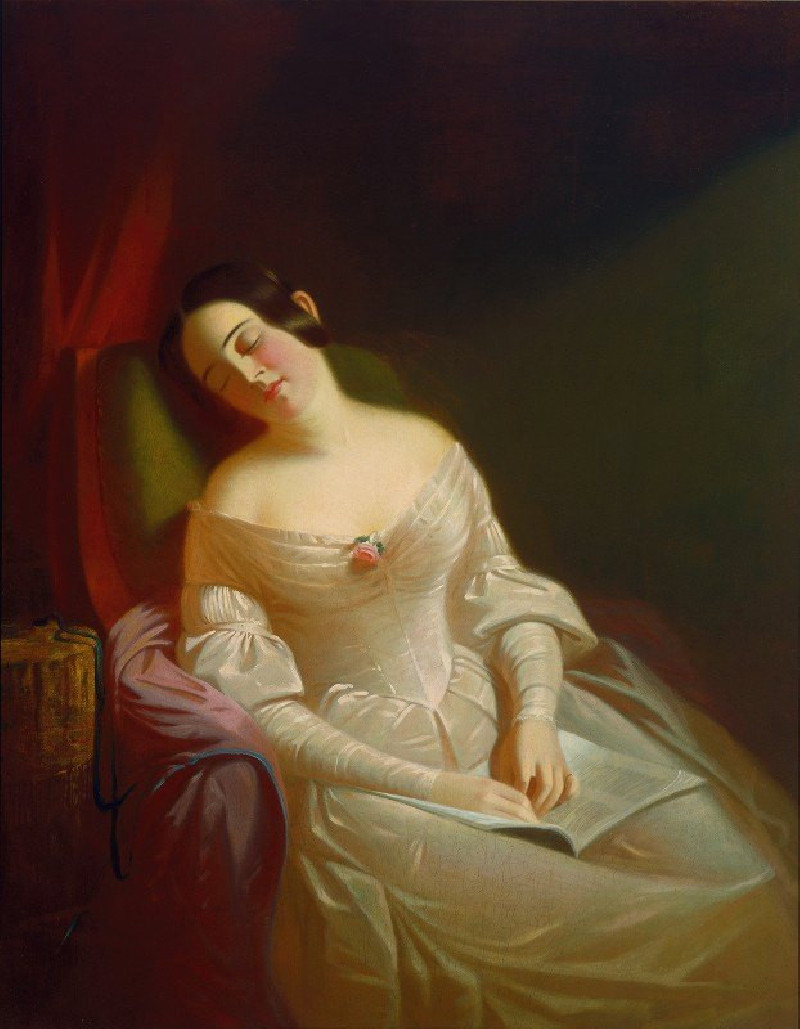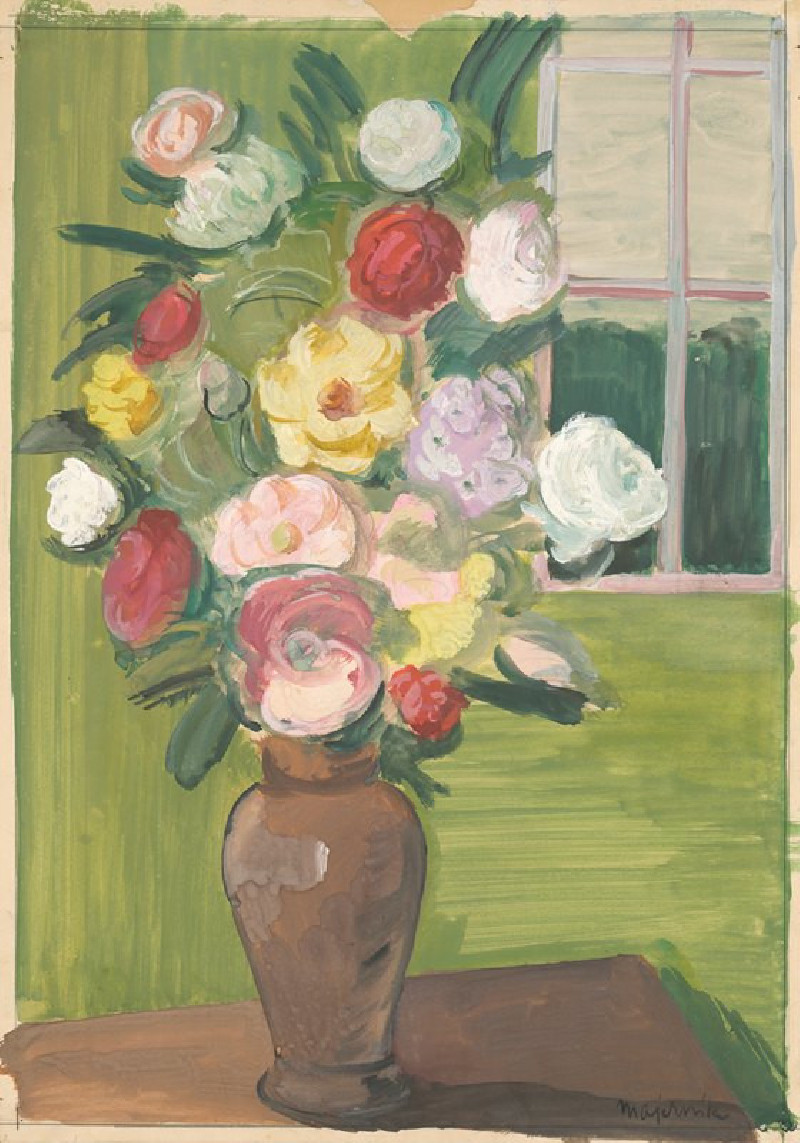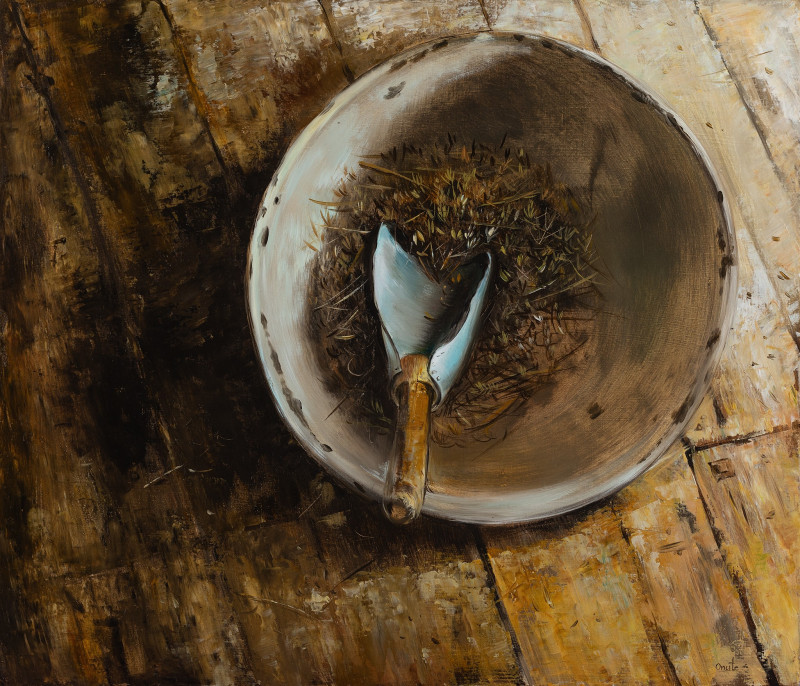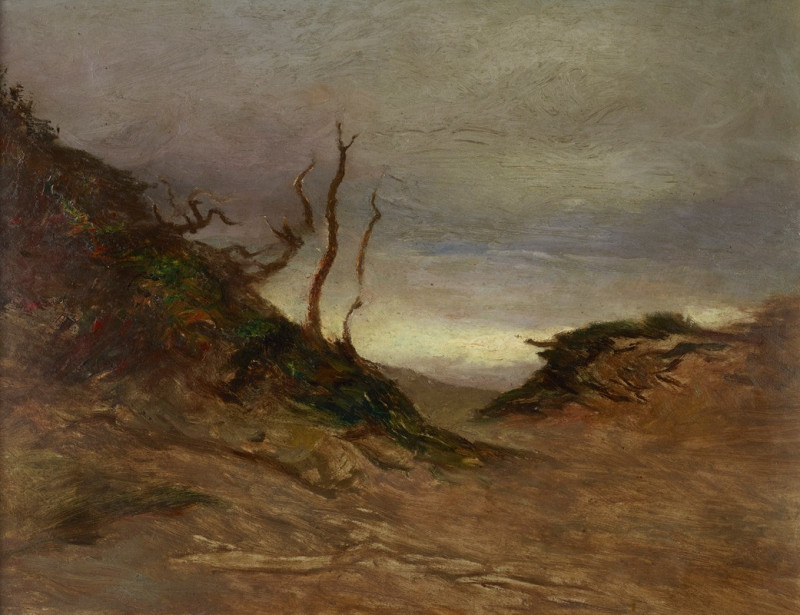The Sea (1872)
Technique: Giclée quality print
Recommended by our customers
More about this artwork
John Frederick Kensett’s tranquil composition, "The Sea," created in 1872, is a mesmerizing portrayal of nature’s serenity combined with the robust energy of the ocean. This panoramic landscape encapsulates the subtle interplay between land and sea, evoking a feeling of peaceful solitude.The painting depicts a wide seascape viewed from a rocky shoreline. The foreground is dominated by rich, earthy tones of red and brown rocks, grounding the composition with a tangible ruggedness contrasted against the fluid motion of the waves. The sea, captured in various shades of blue and green, churns energetically, its waves lapping against the shore in rhythmic succession.One of the focal points of Kensett's painting is the small sailboat on the horizon, bathed in light, suggesting the vastness of the ocean and the possibilities that lie beyond the visible. The sky, a vast expanse of muted grays and blues, harmonizes the overall palette, lending an overarching calmness that draws the viewer into a reflective state."The Sea" exemplifies Kensett’s prowess in the Luminism style, characterized by its attention to light and atmospheric effects, detailed rendering of the natural world, and a clean, smooth finish that omits traces of brushstrokes. This artwork not only captures the beauty of the maritime scene but also highlights the artist's ability to convey deeper emotions and contemplative moods through the meticulous depiction of light and space.
Delivery
Returns
John Frederick Kensett was an American landscape painter and engraver born in Cheshire, Connecticut. A member of the second generation of the Hudson River School of artists, Kensett's signature works are landscape paintings of New England and New York State, whose clear light and serene surfaces celebrate transcendental qualities of nature, and are associated with Luminism. Kensett's early work owed much to the influence of Thomas Cole, but was from the outset distinguished by a preference for cooler colors and an interest in less dramatic topography, favoring restraint in both palette and composition.


